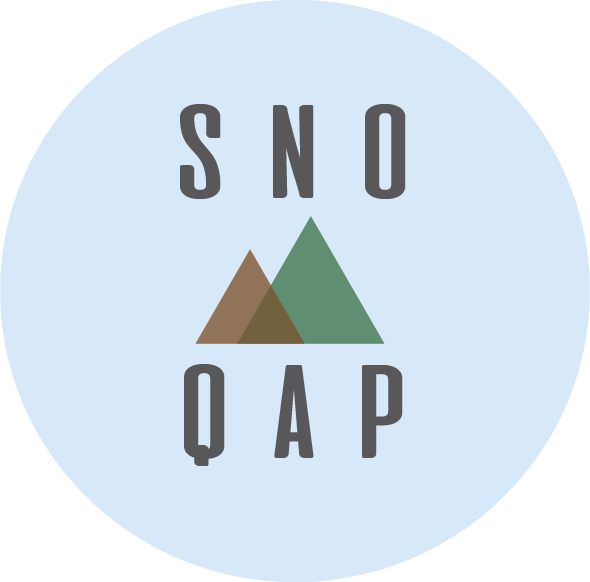A Brief Introduction to the Scandinavian Languages
A large amount of descriptive research of the Scandinavian and Nordic languages has been for the consumption of linguists and historians. When reconstructing or representing ancient and deceased languages, linguists rely on the so-called daughter languages, or languages that descend from the theoretical proto-language, to comparatively piece back the grammar – this method is indeed referred to as the comparative method. In use as well are archaeological gatherings – in the case of Old Norse this may be present in runes. Synthesizing this information is how linguists work to piece together what ancestral languages may have sounded like and what their grammatical inventory may have consisted of. Thus the purpose of this article is to present an accessible introduction to these languages, their grammar, and the issues that their speakers face. Further, this is the first in a series of linguistic studies and language families.
The Affective Dimension of Alexithymia: a Neurological Link with the “Cold-blooded” Personality
Over the past few decades, extensive research has analysed the personality construct of alexithymia, due to its strong connections with a multitude of physical and psychological disorders (Luminet et al., 2004). However, the association between alexithymia and the cold-blooded personality has rarely been investigated due to its underrated importance in the medical field. The present article is the first to gather and explain the main neurological, psychosomatic, and physical links between alexithymia and the cold-blooded personality, intending to propose a novel, possible path toward the understanding of highly common physical and psychological disorders associated with both alexithymia and the cold-blooded personality.
From Treetops to Engineered Wood
Wood has been a valued material in construction for centuries. We build our homes and furniture using this naturally available resource, its presence often evoking feelings of nostalgia and comfort. As versatile and lightweight as it is, wood has never been seen as a high-performance material since it’s relatively soft compared to metals. Recently however, there has been a growing interest in new processing methods that may elevate the performance of wood even further.
A Brief Introduction to Tamil and the Dravidian Languages
What is a language if not a living, expanding, reflective collection of moods, literature, poems, and the human capacity for sharing knowledge across stars made of verbs and nouns? In his groundbreaking Tamil: A Biography, David Shulman asserts that Tamil is more than a jumble of grammar: We can, nevertheless, agree that the Tamil language and its particular themes, images, and traditions informed and in many ways shaped an extraordinarily long-lived, heterogeneous, and richly elaborated culture or series of cultures along with the political and social orders that emerged out of those cultural matrices
Ketamine as an Effective Therapy for Treatment-resistant Depression
Major Depressive Disorder (MDD), colloquially known as depression, has plagued millions of people over the course of time, and research suggests that between 30-35% of depression cases meet the criteria to be deemed treatment-resistant depression (TRD). Despite the relatively low figure representing treatment resistance, a lot of the population experiencing depression maintains a low response rate to treatment in general. The established difficulty in treating so many cases of depression has created room for masses of research to be done regarding effective second-line remedies, and recently, the FDA has allowed depression treatment and research with drugs such as ketamine.
Iran’s Uranium Enrichment: What Threat does it Pose?
Since Mahsa Amini’s death on September 16, protests in Iran have escalated, bringing increased attention to the Iranian government and the state of democracy in Iran. Meanwhile, Iran has continued to conduct a process called uranium enrichment, which involves the enrichment of uranium to higher levels of purity. This process is necessary for the development of nuclear energy and nuclear weapons. Western leaders and leaders in the Middle East have expressed widespread concern that this process represents a move by Iran toward nuclear armament. However, Iran has denied claims that the process is an act of nuclear proliferation, stating that the uranium enrichment process is being conducted for the sole purpose of the development of nuclear energy. Recent progress on this process shows Iran enriching uranium up to 60%, a significant rise on previous enrichment of up to 20% in 2015, but what does this mean for global security, and why are Western leaders and their allies worried by this development?
Patriotism vs. Nationalism and Why it Matters
According to a study from Brown and Stanford universities, the United States is polarizing faster than other developed democracies and is arguably more divided today than at any time in the past 40 years (Boxwell et al., 2021; DeSilver, 2022). Our view of the word patriotism has likewise become increasingly contentious. Though traditionally understood as affection for one’s country, many now mistake patriotism for its darker counterpart, nationalism, and vice versa; this can be attributed to the rhetoric of both major political parties. However, before we can understand the importance of, and difference between, patriotism and nationalism, we must examine their etymology.
Growthism is suffocating our Earth; Degrowth can be a solution.
What exactly is Growthism? It is a necessity for growth to occur endlessly. Growthism is the base of current economic conditions and the vital concept of the dominant worldview. The principal philosophy and force of this era are distinctly economic. The values that determine our standing today are capitalistic-defined concepts of growth, profit, and attaining the utmost efficiency. Without ends or limits, growth seems like the standard inevitable order.










